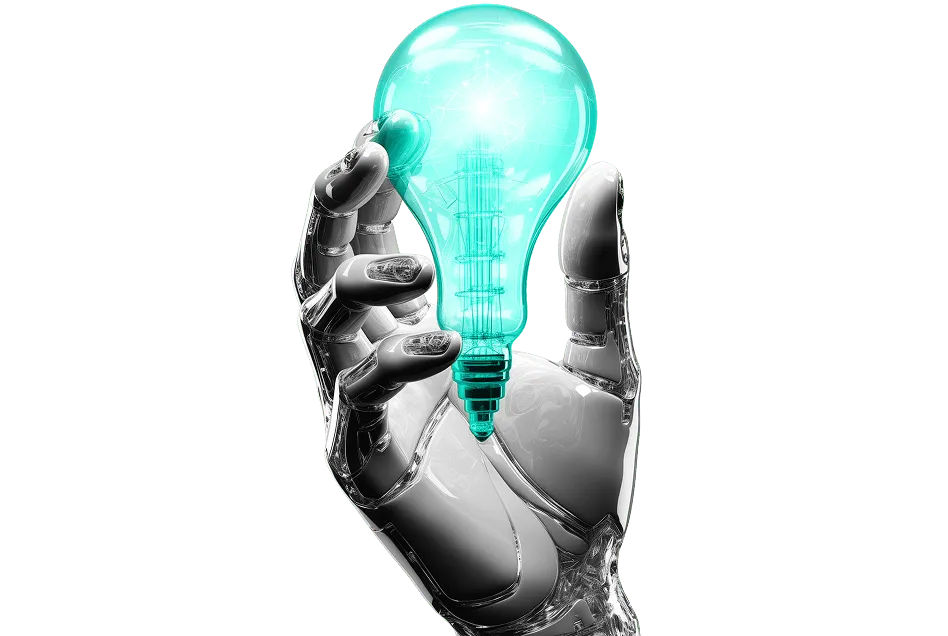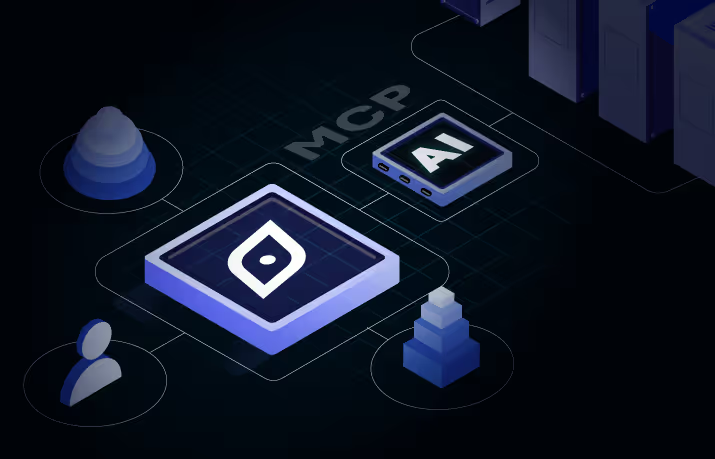Why Skill Architecture is Your Best Defense Against Disruption
And How Agentic AI is Transforming the Way We Build It
In 2025, nine out of ten HR leaders say they are struggling to find skilled candidates. Roles are evolving, job titles are losing meaning, and traditional hiring models are failing to keep up. As technology reshapes industries at breakneck speed, the workforce needs to be more adaptive than ever.
To survive—and thrive—in this environment, organizations need more than just better hiring tactics. They need a resilient, responsive talent strategy built on real-time understanding of workforce capabilities.
Enter skill architecture, powered by Agentic AI Assistants like Curie—Draup’s AI model, purpose-built to bring clarity, speed, and intelligence to talent transformation.
What Is Skill Architecture—and Why It Matters
At its core, skill architecture is a structured framework for defining, organizing, and managing capabilities across the enterprise. Unlike traditional job frameworks that are static and role-based, skill architecture is dynamic and centered on what employees can do, not just what their titles say.
This shift matters as in a volatile business landscape, skills—not roles—are the true currency of adaptability, with 95% agreeing that it’s the dominant recruitment method of the future. And when combined with Agentic AI, skill architecture becomes a real-time, intelligent system that helps organizations move in sync with disruption, rather than react to it.
The Drivers Behind the Skills-First Imperative
Four major forces are making skills-first strategies non-negotiable:
- Rise of Digital and Niche Skills: New competencies emerge faster than traditional roles can capture.
- Obsolescence of Role-Based Hiring: Job titles age quickly—skills remain relevant and transferable.
- Demand for Workforce Agility: Companies must redeploy talent quickly as priorities shift.
- Outdated HR Data: Most systems lack real-time insight into internal and external talent dynamics.
Together, these challenges require a new kind of thinking—and a new kind of intelligence.
Meet Your Curie: Draup’s Agentic AI Assistant
With 33% of HR leaders rating their organization’s data usage in workforce planning as effective, traditional tools can’t keep up with the pace or complexity of modern workforce planning. That’s where Agentic AI Assistant—Curie—comes in.
Curie, Draup’s proprietary Agentic AI model, acts as a strategic AI assistant for HR and workforce leaders. It doesn’t just retrieve data—it reasons, contextualizes, and adapts based on your unique business needs.
Here’s what Curie can do:
- Generate skills taxonomies for specific job families or functions
- Recommend adjacent skills to inform upskilling and reskilling
- Benchmark internal capabilities against external labor trends
- Simulate talent strategies based on real-time data
Ask Curie:
- “What skills are emerging for digital twin engineers in manufacturing?”
- “Map internal data science skills to our GenAI priorities.”
- “Show me talent hotspots for logistics automation in APAC.”
Curie makes skills architecture interactive, intelligent, and instantly actionable.
How Skill Architecture Builds Organizational Resilience
Resilience isn’t just about absorbing shocks—it’s about adapting and evolving in response to them. Skill architecture, enabled by Agentic AI, provides a strategic foundation for doing just that.
1. Mapping Skills to Strategy
Skill architecture gives organizations a clear line of sight between individual capabilities and enterprise goals. It enables
- Early identification of skill gaps that could derail growth
- Prioritized investments in high-impact talent areas
- Agile workforce planning aligned with transformation timelines
2. Contextual Understanding of Skills
For instance, an “AI Developer” in healthcare requires a different skill profile than one in fintech. Curie layers in a business context, ensuring skill definitions are tailored to your environment, not a generic standard.
3. Dynamic Progression Paths
Skills evolve quickly, and a static view won’t cut it. Skill architecture helps teams track adjacent capabilities (e.g., Python → FastAPI → cloud deployment), supporting rapid upskilling and internal mobility.
Real-World Examples
Faced with a digital overhaul, Acme Bank, a multinational Bank, uses Agentic AI Assistant to map its workforce. It discovers underused Python skills in operations teams and domain expertise in compliance.
By targeting upskilling around FastAPI and cloud platforms, rather than hiring externally, the bank cuts recruitment costs by 40% and accelerates transformation by six months.
Operationalizing Skill Architecture: Three Strategic Levers
Execution is key, particularly as 83% of organizations report workforce planning is more complex today than five years ago, underscoring the need for dynamic, AI-driven solutions. Here’s how leading organizations make it real:
1. Skills-Based Hiring and Management
- Focus on capability and potential, not degrees or job titles
- Use ongoing assessments to inform learning, performance, and mobility
- Expand talent pools and surface high-potential candidates from unexpected places
2. Data-Driven Benchmarking
- Combine internal skills data with external labor market intelligence
- Use real-time insights to identify gaps, benchmark against peers, and plan ahead
- Let Agentic AI do the heavy lifting—analyzing market shifts and surfacing recommendations
3. Integrated Talent Tech Stack
- Connect your HCM, L&D, and analytics platforms with Agentic AI
- Automate talent matching, succession planning, and internal mobility
- Maintain live visibility into skills, so you can pivot fast and plan smarter
Case in Point
Facing complexity in supply chain operations, Track Fleet Logistics embeds skill architecture across its HR systems. Agentic AI highlights gaps in green logistics, data literacy, and process automation.
Results?
- 30% reduction in time-to-fill for critical roles
- 20% increase in retention
- Workforce agility that’s ready for tomorrow’s challenges, today
Future-Proofing Through Continuous, Targeted Development
By 2025, 50% of all employees will need significant reskilling to stay competitive. That’s why the best talent strategies don’t just hire for today’s needs—they grow for tomorrow’s demands.
With Agentic AI and a robust skill architecture, organizations can:
- Define clear, skill-based growth paths
- Align learning and development to strategic goals
- Connect employees to stretch roles and learning journeys based on their actual capabilities
Curie continuously maps adjacent skills and recommends next steps, turning your workforce into a dynamic, self-improving ecosystem.
The future doesn’t wait. Organizations that treat skill architecture as a static HR tool will fall behind. Those that combine it with Agentic AI Assistants will build agility, drive innovation, and scale transformation.










.svg)
















.svg)





.svg)





.svg)
